Leading market players are investing heavily in research and development in order to expand their product lines, which will help the Acrylamide Tertiary-Butyl Sulfonic Acid (ATBS) market, grow even more. Market participants are also undertaking a variety of strategic activities to expand their footprint, with important market developments including new product launches, contractual agreements, mergers and acquisitions, higher investments, and collaboration with other organizations. To expand and survive in a more competitive and rising market climate, Acrylamide Tertiary-Butyl Sulfonic Acid (ATBS) industry must offer cost-effective items.
Manufacturing locally to minimize operational costs is one of the key business tactics used by manufacturers in the Acrylamide Tertiary-Butyl Sulfonic Acid (ATBS) industry to benefit clients and increase the market sector. In recent years, the Acrylamide Tertiary-Butyl Sulfonic Acid (ATBS) industry has offered some of the most significant advantages to medicine. Major players in the Acrylamide Tertiary-Butyl Sulfonic Acid (ATBS) market, including VINAI ORGANICS LIMITED, TOAGOSEI CO. Itd, WeylChem International GmbH, All Plus Chemicals Co.
Itd, Merck KGaA, Thermo Fisher Scientific Inc., Vizag Chemicals, Acar Chemicals, Spectrum Chemical Manufacturing Corp., and TCI Chemicals, are attempting to increase market demand by investing in research and development operations.
Thermo Fisher Scientific Inc. (Thermo Fisher) delivers medical equipment, analytical instruments, reagents and consumables, software, and services to satisfy the demands of challenging analytical challenges in research, diagnostics, and clinical laboratories. It offers solutions for cellular biology, synthetic biology, and flow cytometry. Mass spectrometry, genetic sequencing, electron microscopy, protein, and molecular biology research equipment are just a few of the many products that the company sells.
The company offers services to companies in the environmental, industrial quality, and process control sectors, as well as to academic and research institutes, governmental organisations, pharmaceutical and biotech companies, clinical diagnostic laboratories, and environmental companies. It provides its products and services through its direct sales force, online sales, and third-party distributors across the Americas, Asia-Pacific, and Europe. The headquarters of Thermo Fisher are located in Waltham, Massachusetts, in the US.
The science and technology corporation Merck KGaA (Merck) is a branch of E. Merck KG. Additionally, it produces high-tech materials, cosmetic active ingredients, coating pigments, organic light-emitting diode (OLED) materials, liquid crystal combinations, and materials. These medications are recommended for the treatment of cancer, MS, and infertility. Merck also provides a comprehensive selection of products, including complete flow cytometry systems, flow cytometry tools and kits, cell lines, antibodies, test assays, analytical reagents, lab water systems, gene editing tools, and cell lines. The company offers services to the healthcare, performance materials, and life sciences industries.
It can be found in the Asia-Pacific, Latin America, Middle East, Africa, and Africa. Merck's corporate headquarters are in Darmstadt, Hesse, Germany.
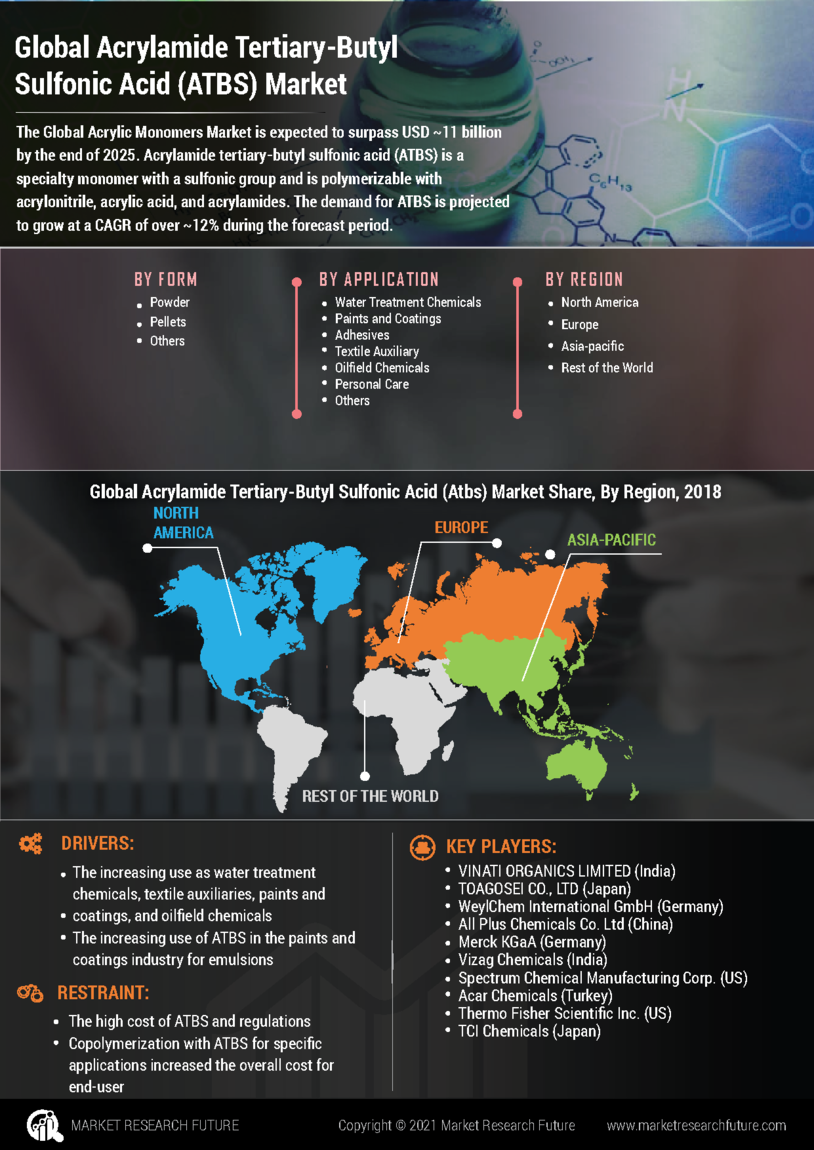

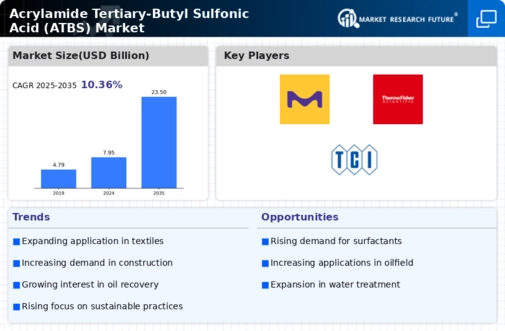
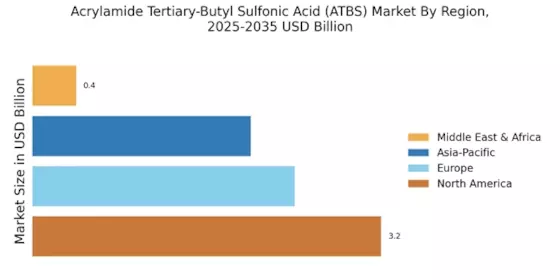
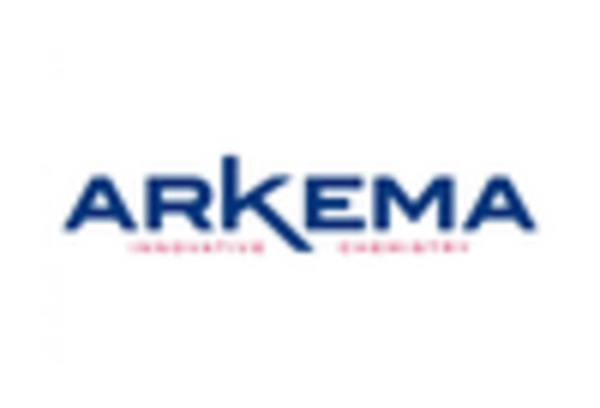
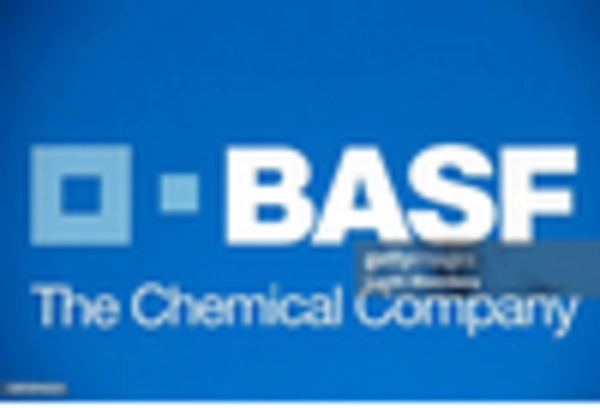
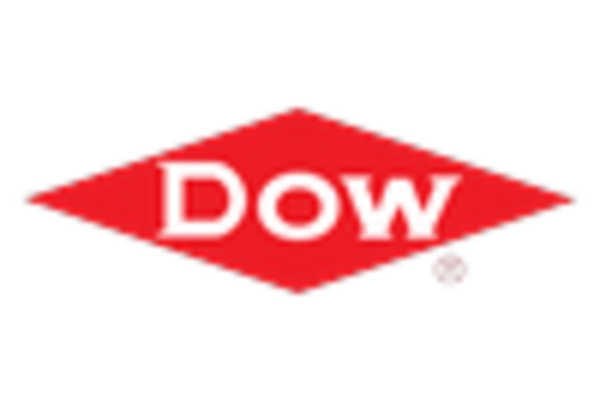
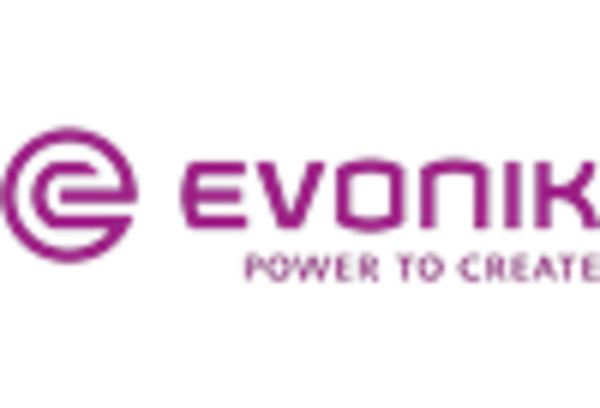
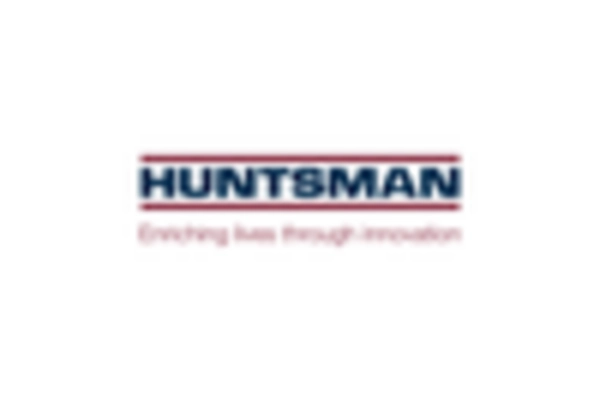
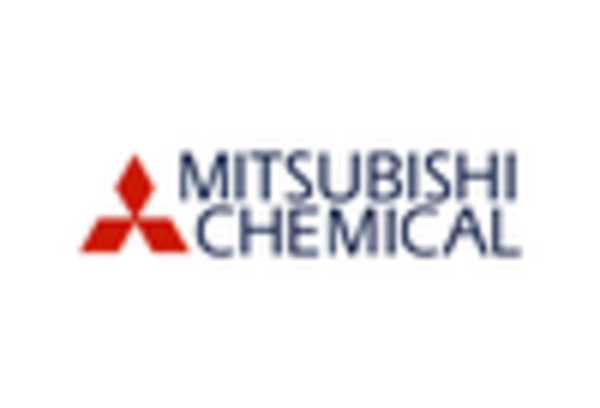








Leave a Comment